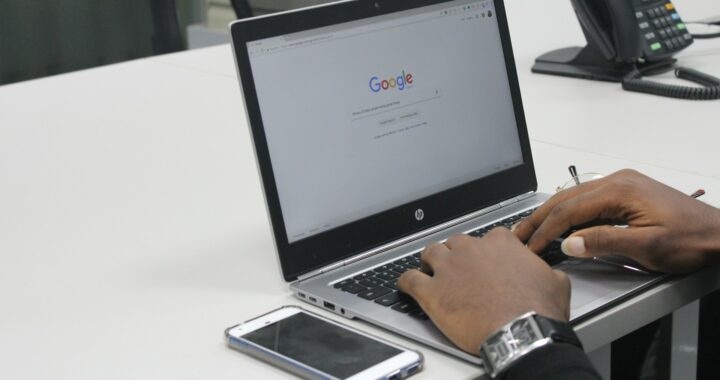Are Train.Red NIRS Workout Trackers the next big thing?

Workout tracking with smart sensors and smartwatches are enjoying huge interest and success at the moment. It’s estimated that within a few years 1 in 3 people will own a device to monitor their health and track their workout with it. So it’s important you know how to make the most of yours! More companies than ever are hopping onto the trend, not only giants like Apple but also interesting start-ups in a niche like Train.Red. The difference is the new developments that are being made in this field.
What’s the difference between a smartwatch and the Train.Red workout tracker?
A normal smartwatch measures data by using a GPS and/or heart rate sensor. This is used to count the number of steps, stairs, calorie consumption, and sleeping pattern. Thanks to GPS, these watches also measure your route during exercise. What if GPS is not built into the smartwatch? Then it is often also possible to use the GPS signal of your smartphone when connected via Bluetooth.
Train.Red sensors use NIRS to monitor your workout. NIRS (Near Infrared Spectroscopy) is a form of imaging that can capture brain function. This method uses infrared light to detect changes in the concentration of oxygenated and deoxygenated hemoglobin in the blood. And this can measure through obstacles such as skin and bone.
What are the benefits of tracking your workout this sensor?
As an athlete, it’s important to improve and optimize your performance. With Train.Red sensors you can get more accurate data and insights about your muscle performance. Data that you’re not able to measure with just a smartwatch. You can connect this sensor to the Train.Red app for a live view of your statistics. With the insights you gain in the app you can alter your workout pace for optimal muscle rest times for example. The app has a lot of other features that can help your training from start to finish.
Remember to wear it when working out
Consistency is key to every training program. It’d be a shame to get a good workout going and then forget to wear your sensor. Try to set a schedule and incorporate this workout tracker into your routine so that you can make the most of the data.


 Kleinschalige vakantie in Griekenland en heerlijke Griekse recepten
Kleinschalige vakantie in Griekenland en heerlijke Griekse recepten  Discover the Benefits of EasySecure Time Registration
Discover the Benefits of EasySecure Time Registration  buy cbd oil
buy cbd oil  Benefits of a kite school booking system
Benefits of a kite school booking system  Why your next car should be electric
Why your next car should be electric  Is a Smart Door Lock Worth It?
Is a Smart Door Lock Worth It?  The importance of online reviews and their influence on local SEO
The importance of online reviews and their influence on local SEO  Key or smart door lock: Which should you choose?
Key or smart door lock: Which should you choose?  Is NMN Powder the ultimate solution for cellular health?
Is NMN Powder the ultimate solution for cellular health?